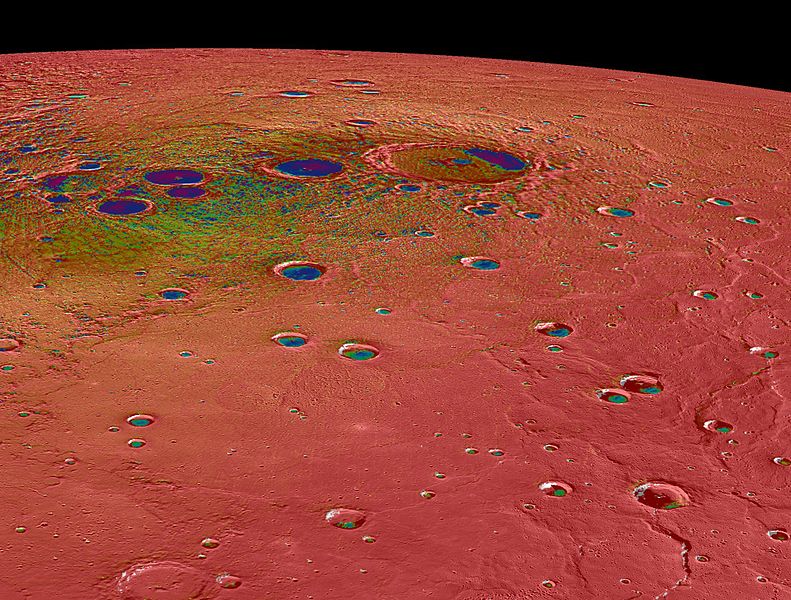Fichier:PIA19247-Mercury-NPolarRegion-Messenger20150316.jpg

Taille de cet aperçu : 791 × 600 pixels. Autres résolutions : 317 × 240 pixels | 633 × 480 pixels | 1 013 × 768 pixels | 1 280 × 971 pixels | 2 044 × 1 550 pixels.
Fichier d’origine (2 044 × 1 550 pixels, taille du fichier : 714 kio, type MIME : image/jpeg)
Historique du fichier
Cliquer sur une date et heure pour voir le fichier tel qu'il était à ce moment-là.
| Date et heure | Vignette | Dimensions | Utilisateur | Commentaire | |
|---|---|---|---|---|---|
| actuel | 17 mars 2015 à 00:32 |  | 2 044 × 1 550 (714 kio) | Drbogdan | User created page with UploadWizard |
Utilisation du fichier
Les 2 pages suivantes utilisent ce fichier :
Usage global du fichier
Les autres wikis suivants utilisent ce fichier :
- Utilisation sur af.wikipedia.org
- Utilisation sur ar.wikipedia.org
- Utilisation sur be.wikipedia.org
- Utilisation sur bg.wikipedia.org
- Utilisation sur ca.wikipedia.org
- Utilisation sur cs.wikipedia.org
- Utilisation sur en.wikipedia.org
- Utilisation sur et.wikipedia.org
- Utilisation sur it.wikipedia.org
- Utilisation sur nl.wikipedia.org
- Utilisation sur pl.wikipedia.org
- Utilisation sur pt.wikipedia.org
- Utilisation sur www.wikidata.org


